The Vietnam Academy of Science and Technology (VAST) has just coordinated with the US Embassy in Vietnam, the International Committee for Search of Missing Persons (ICMP) and the Vietnam Office for Search of Missing Persons (VNOSMP) to organize a handover ceremony of equipment, chemicals and DNA identification procedures to identify the remains of unidentified martyrs in Vietnam.
According to information from VAST, the activity is within the framework of the non-refundable ODA project “Improving the capacity to identify war remains through cooperation in development, technology transfer and acquisition of equipment, chemicals and consumables” (Project) funded by the US Government . US Ambassador to Vietnam Marc Knapper and Prof. Dr. Chu Hoang Ha, Vice President of VAST, chaired the ceremony.
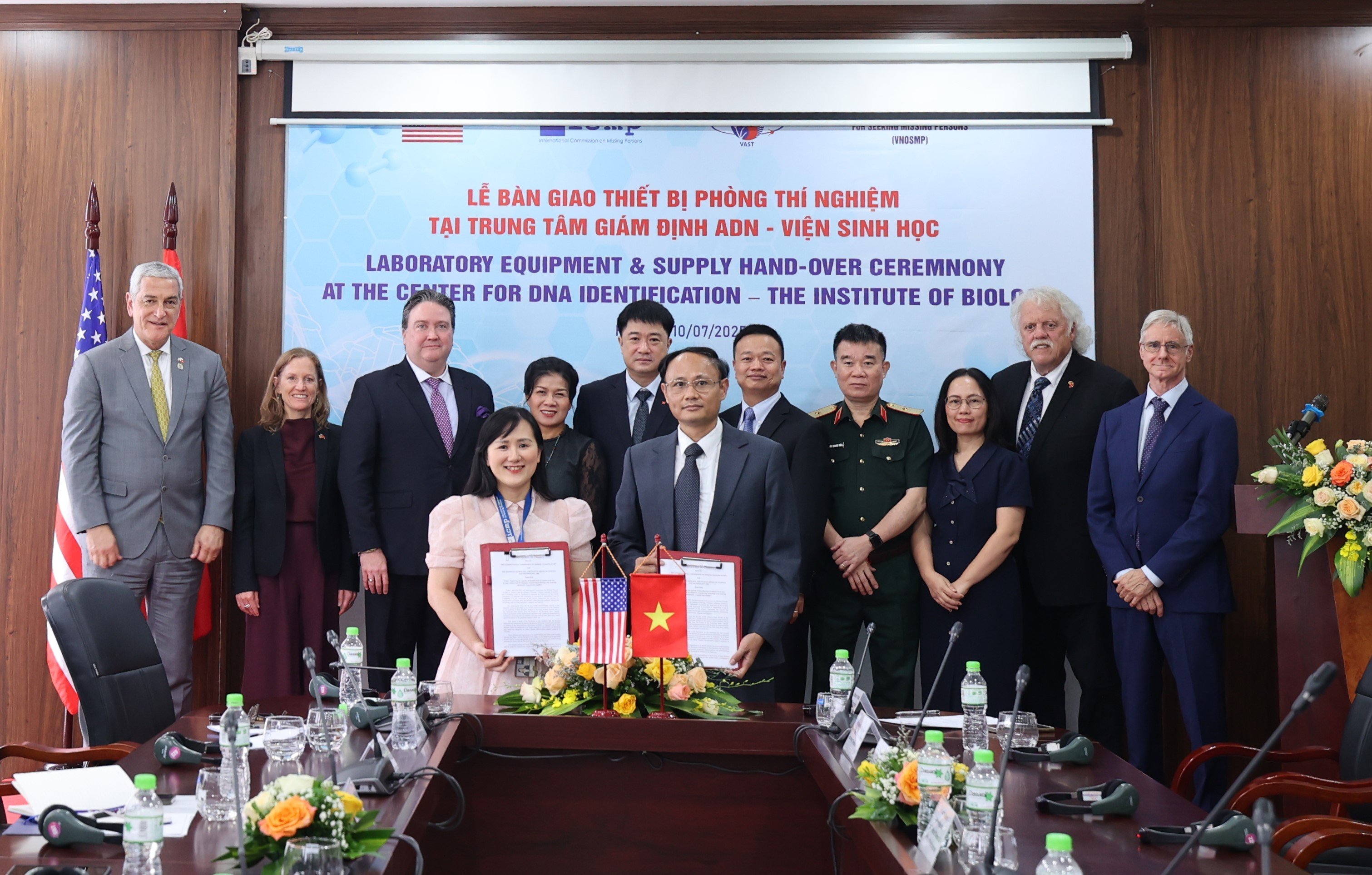 |
| Representatives of the Institute of Biology (VAST), ICMP presented the minutes of equipment handover of the Project. (Photo: VAST) |
Speaking at the event, Prof. Dr. Chu Hoang Ha said that after nearly two years of implementation, scientists from the Institute of Biology (under VAST) and international experts from ICMP have developed and optimized the technology for analyzing DNA remains based on next-generation sequencing (NGS) and SNP markers - suitable for the specific conditions of Vietnam, where remains have been severely decomposed after decades in a tropical environment.
According to Prof. Dr. Ha, the results achieved are an important step forward: the rate of successful DNA extraction from remains increased from 22% to 70%. The new technology allows for matching with distant relatives up to 4-5 generations, something that has never been done before. This is the first time Vietnam has demonstrated the feasibility of applying advanced gene sequencing technology to large-scale DNA identification of martyrs' remains.
The equipment received this time is considered an important technical foundation, helping to improve analytical capacity, master modern technology and meet the specific requirements of severely decomposed remains.
Prof. Dr. Chu Hoang Ha added that from July 1, 2025, the remaining work of the Project will be directly supervised and implemented by the US Department of State, specifically the Political Section of the US Embassy in Vietnam. This transfer affirms the long-term commitment of the United States to humanitarian programs in Vietnam, while opening up opportunities for deeper coordination between specialized agencies and experts of the two countries.
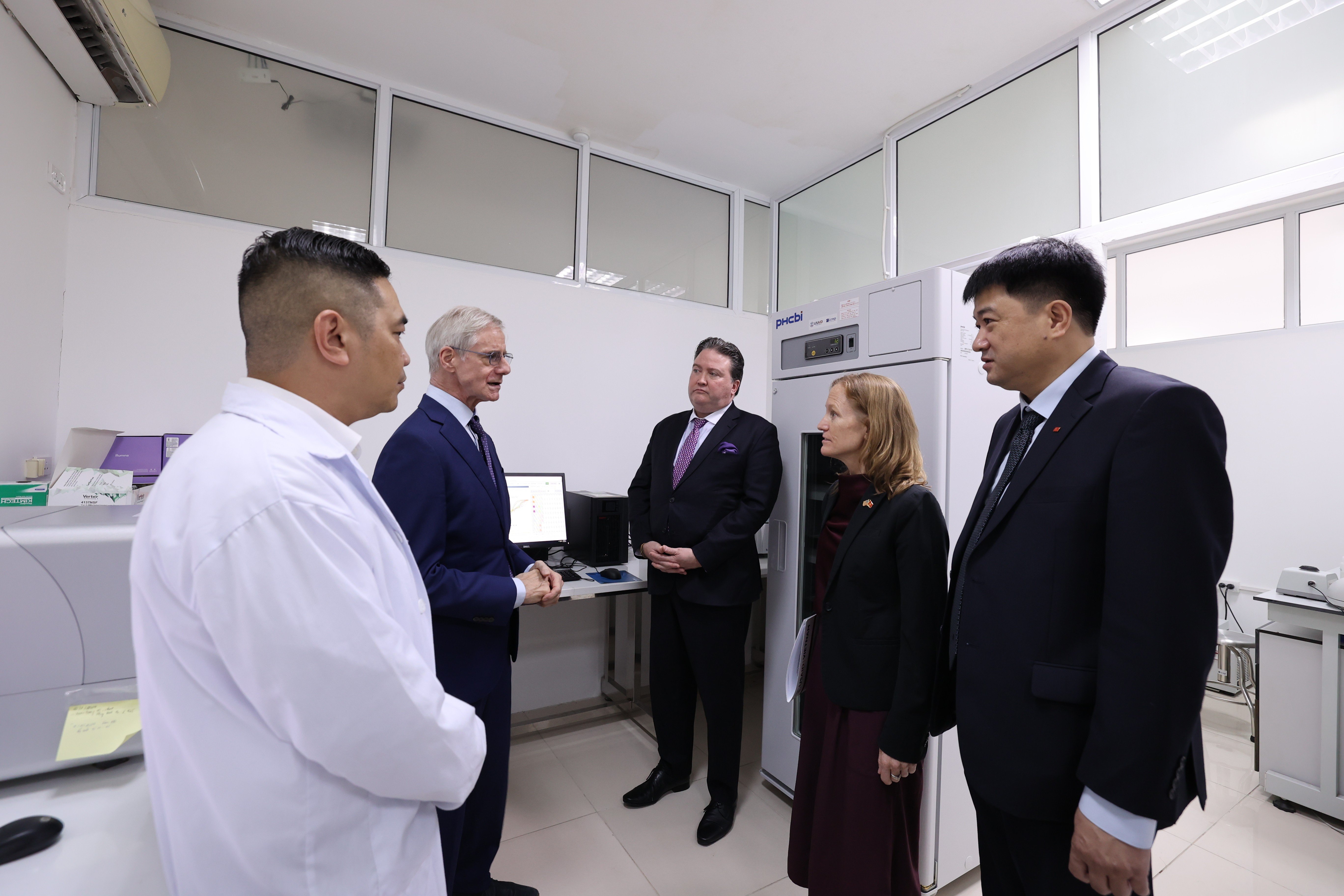 |
| Delegates visit the DNA laboratory located at the VAST DNA Identification Center. (Photo: VAST) |
US Ambassador to Vietnam Marc Knapper affirmed that the event is a concrete demonstration of what the Vietnam-US partnership can achieve. In the context of the two countries celebrating the 30th anniversary of diplomatic relations and looking to the future within the framework of the Comprehensive Strategic Partnership, science and technology cooperation plays an essential role in the joint effort to overcome the consequences of war. He expressed his hope that the parties will continue to coordinate closely to expand the Project and achieve more positive results.
The ceremony is a significant milestone in humanitarian cooperation, overcoming the consequences of war, and at the same time demonstrates the commitment from the Vietnamese and US governments to look towards the future together based on the foundation of science, technology and humanitarian values.
Source: https://thoidai.com.vn/dau-moc-moi-trong-hop-tac-xac-dinh-hai-cot-liet-si-viet-nam-hoa-ky-214791.html



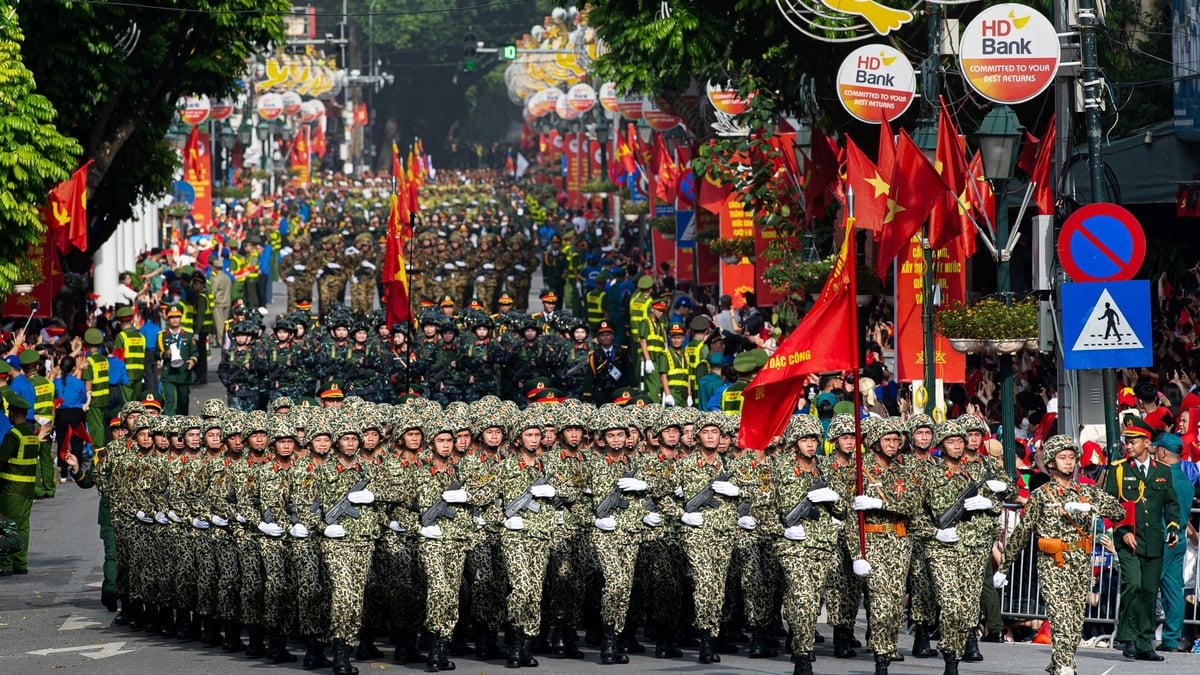
![[Photo] The majestic "sea eye" in the middle of the ocean of Da Nang city](https://vphoto.vietnam.vn/thumb/1200x675/vietnam/resource/IMAGE/2025/9/3/a2cdfcc4501140e6a6bc2ad767f64b36)

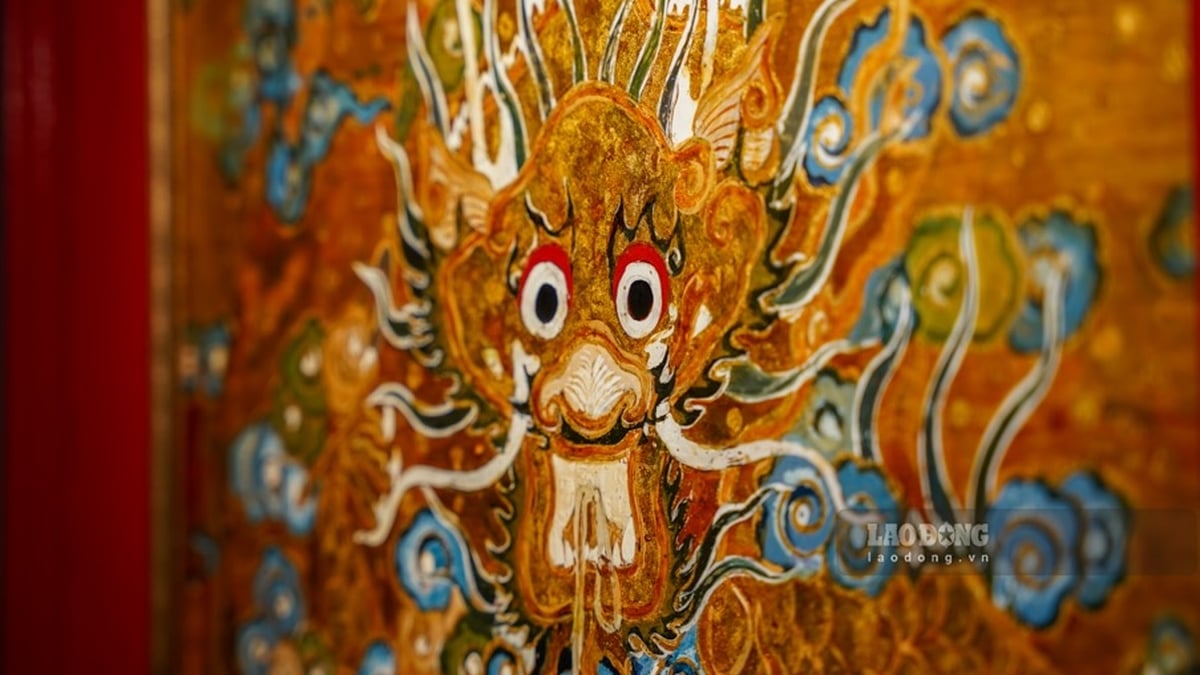


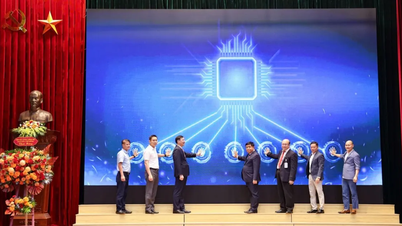

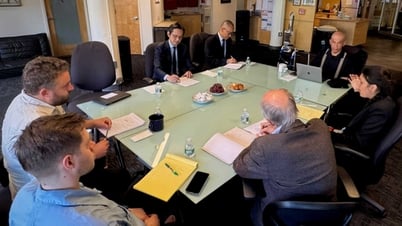

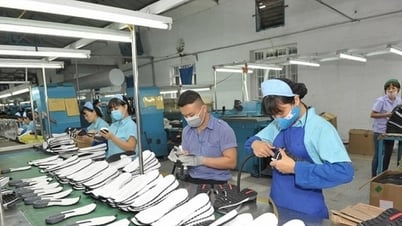

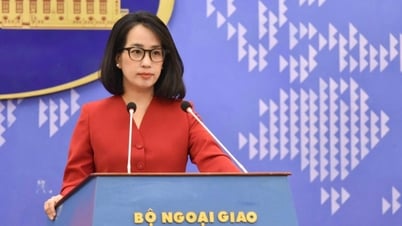

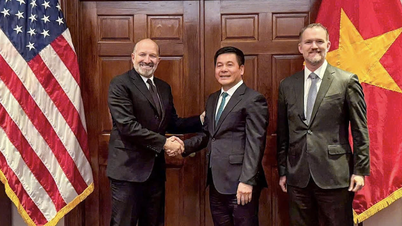



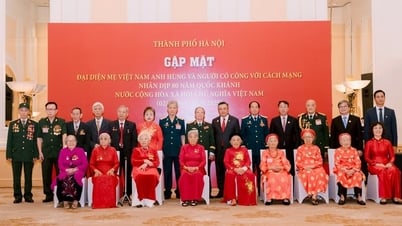
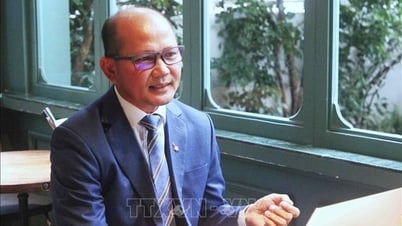
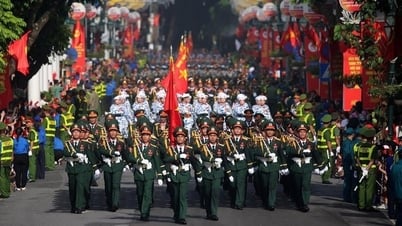
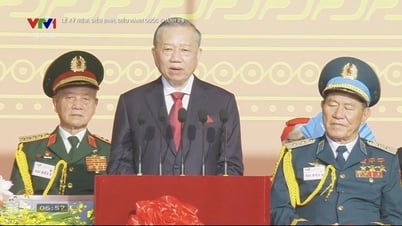
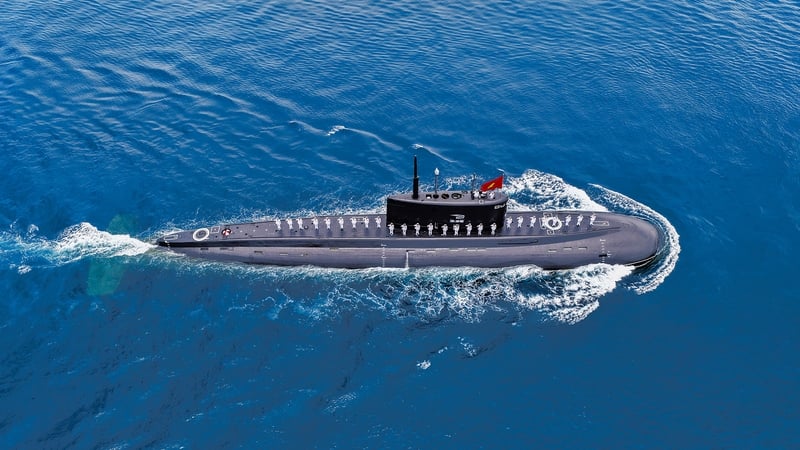



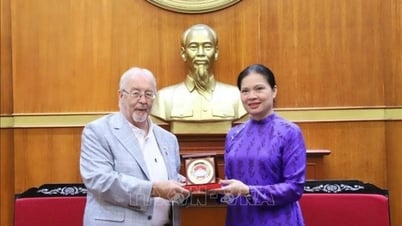

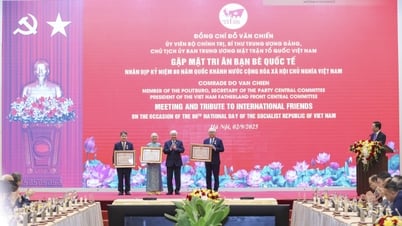
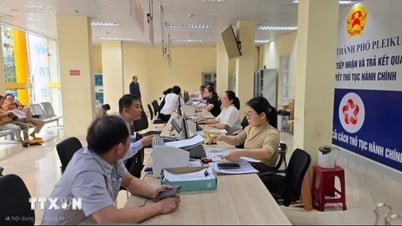
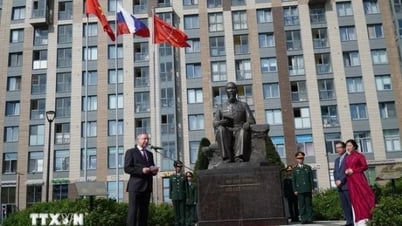
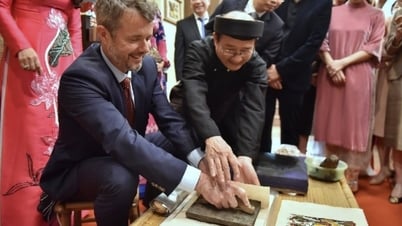


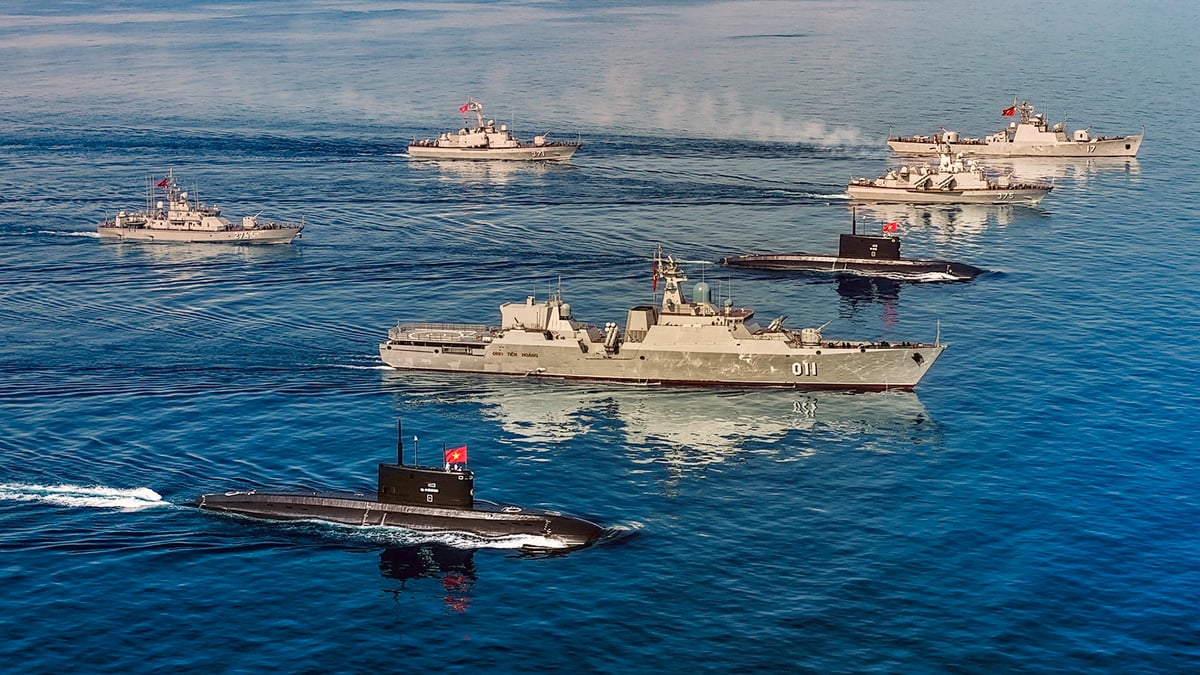
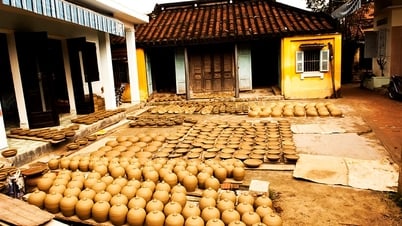







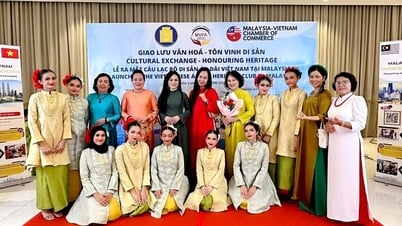
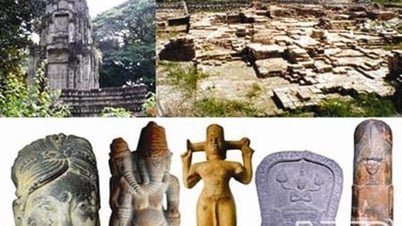

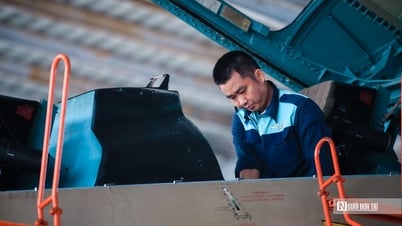

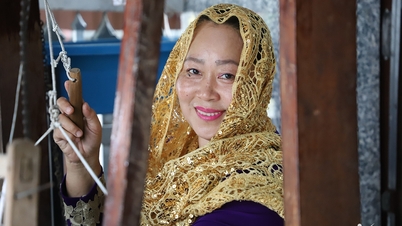

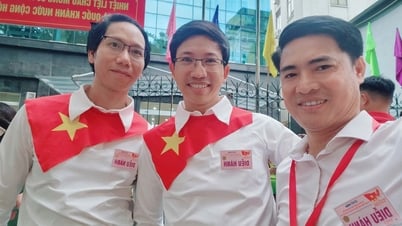













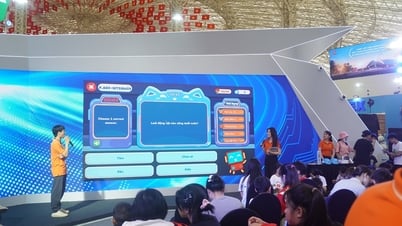


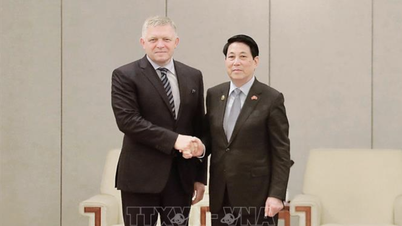

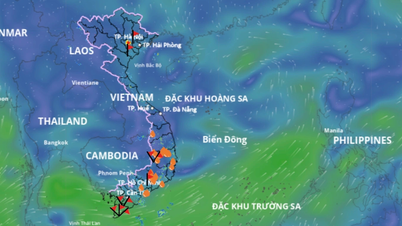
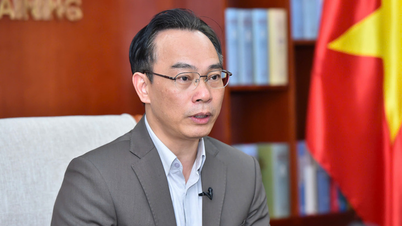

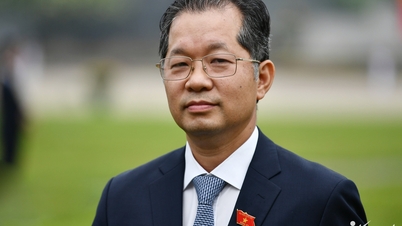



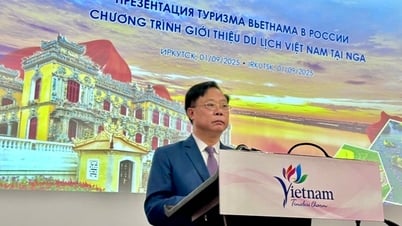


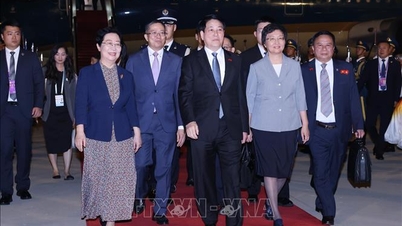

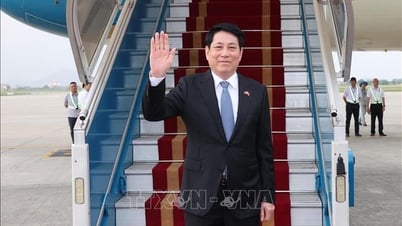


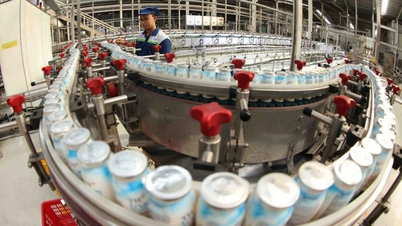





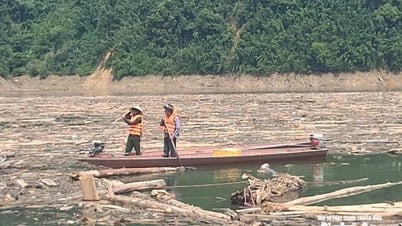

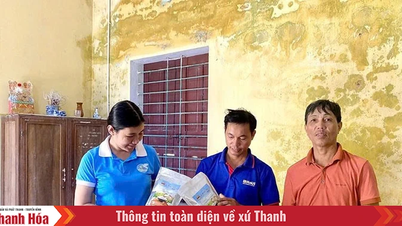



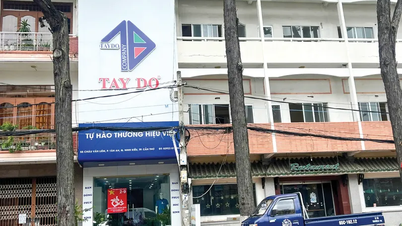

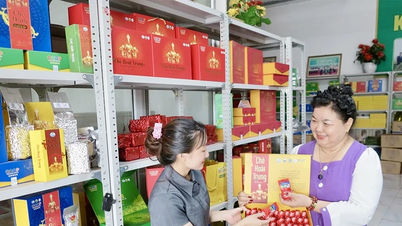

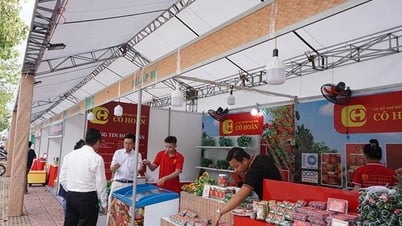

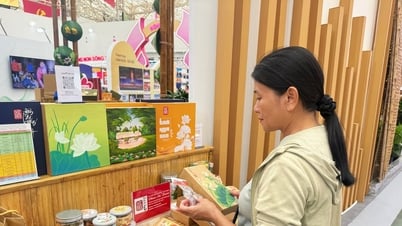


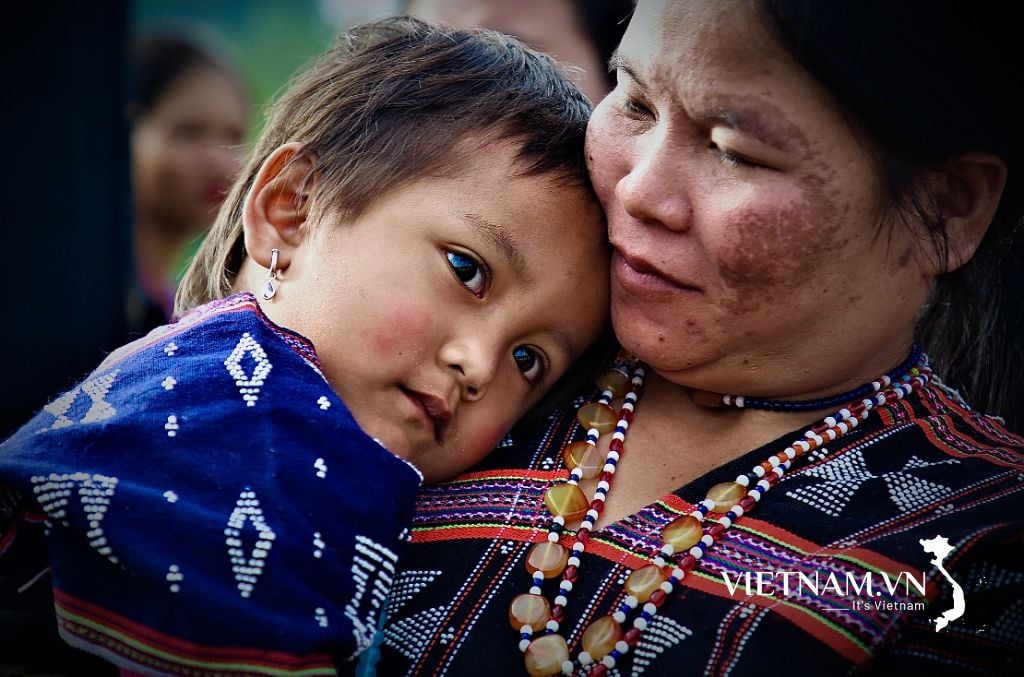
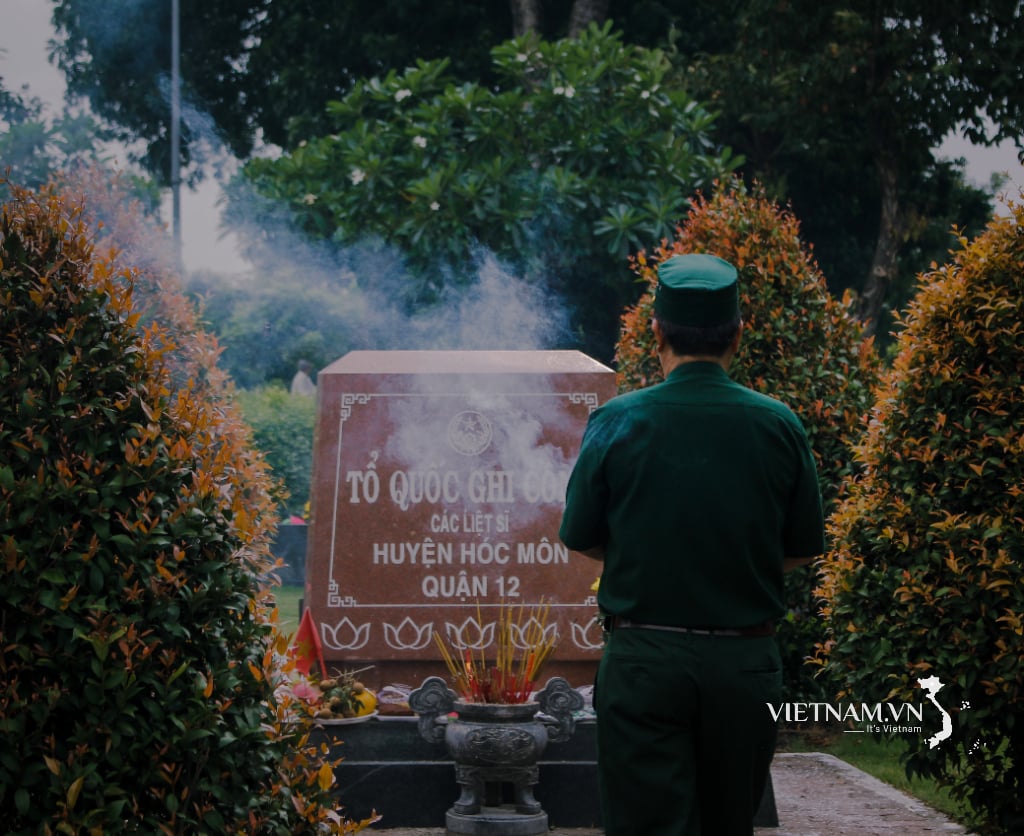
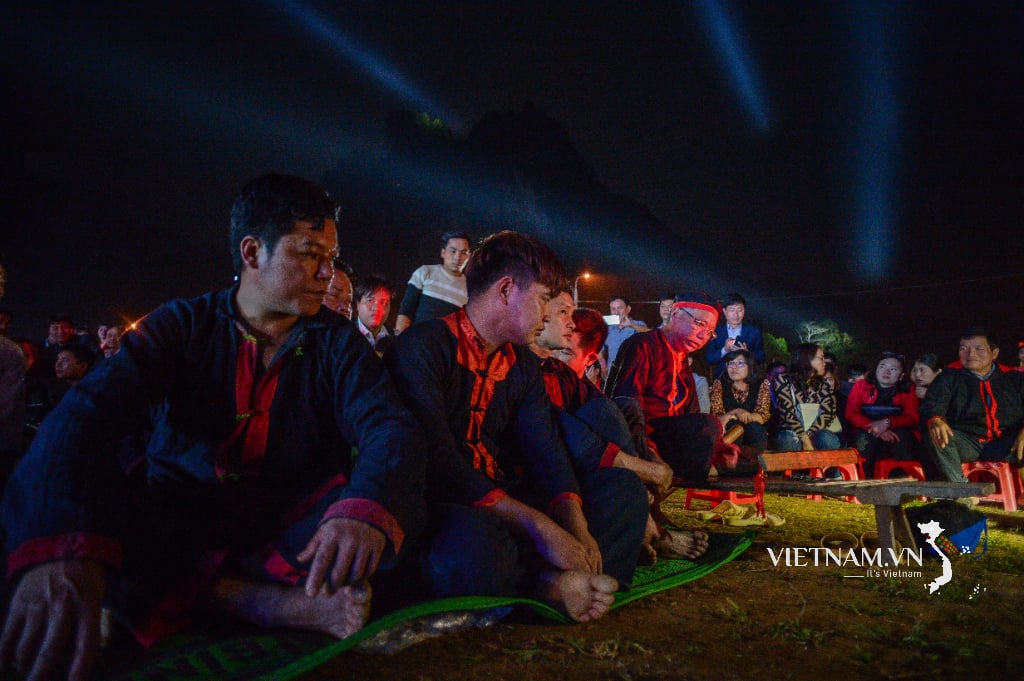
Comment (0)